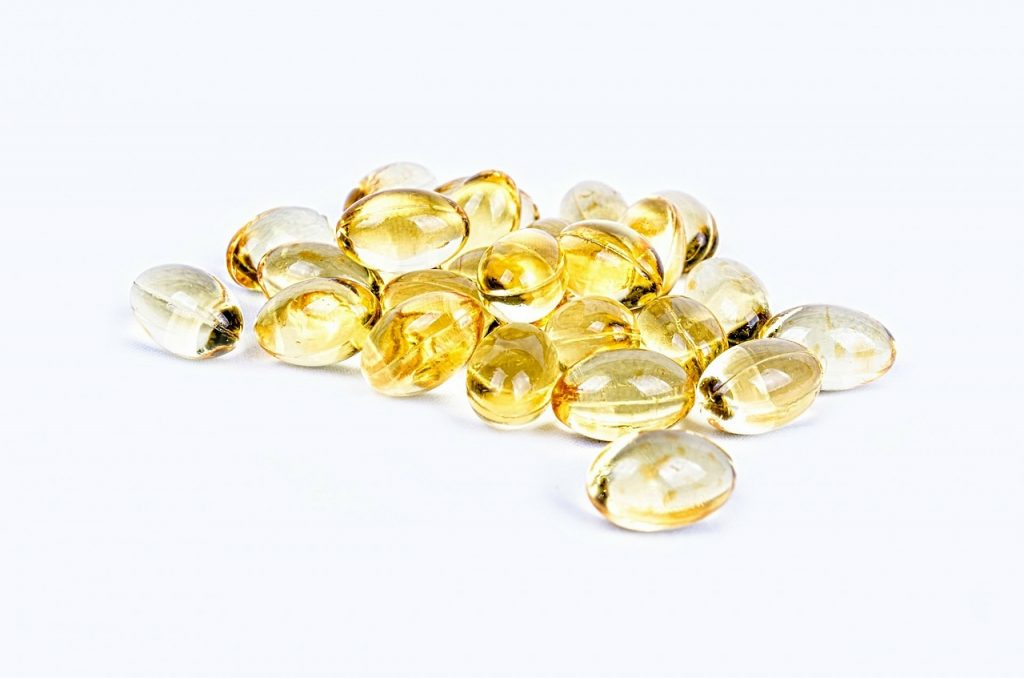 Vitamin D is an important nutrient that can also be synthesised in the skin through exposure to ultraviolet light. Actually a steroid hormone and not a vitamin, vitamin D has recently been shown to have a much wider role in human metabolism than was previously considered. The traditional role for vitamin D was considered to be relating to calcium and bone homeostasis almost exclusively, and in their regard, vitamin D deficiency was known to cause osteomalacia in adults and rickets in children. Both of these disorders resulted from improper calcium homeostasis that caused a weakening of bone tissue. Vitamin D deficiency had to be severe for these types of disorders to develop and during severe vitamin D deficiency, the disorders develop consistently and quite rapidly, thus making the association between vitamin D deficiency and rickets and osteomalacia well reported in the medical literature. However, more recently a large number of other deficiency disease associated with vitamin D have been discovered.
Vitamin D is an important nutrient that can also be synthesised in the skin through exposure to ultraviolet light. Actually a steroid hormone and not a vitamin, vitamin D has recently been shown to have a much wider role in human metabolism than was previously considered. The traditional role for vitamin D was considered to be relating to calcium and bone homeostasis almost exclusively, and in their regard, vitamin D deficiency was known to cause osteomalacia in adults and rickets in children. Both of these disorders resulted from improper calcium homeostasis that caused a weakening of bone tissue. Vitamin D deficiency had to be severe for these types of disorders to develop and during severe vitamin D deficiency, the disorders develop consistently and quite rapidly, thus making the association between vitamin D deficiency and rickets and osteomalacia well reported in the medical literature. However, more recently a large number of other deficiency disease associated with vitamin D have been discovered.

Vitamin D is a nutrient that is quite restricted in most individual’s diets. This is because vitamin D is not present in many foods in high concentrations. Good sources of vitamin D include fish and their oils, eggs, mushrooms, beef liver and cheese. However, vitamin D is able to be synthesised in the skin, through the action of ultraviolet light, and as a result it is not necessary to have any vitamin D in the diet. However, if this is the case a consistent exposure to reasonably direct sunlight is required. Therefore those with vitamin D poor diets that live in areas of inconsistent sunshine, run the risk of developing a vitamin D deficiency. This could be particularly true for those in high latitudes that have long winter months, or the elderly or very young, who may not be able to take advantage of exposure to sunlight through spending more time inside, or with their skin covered. Supplements of vitamin D have been shown to be a useful source of the vitamin for those who have vitamin D poor diets.
Because vitamin D is a steroid hormone it plays a central role in a large number of metabolic regulatory pathways. Low levels of vitamin D are now known to be associated with a number of disorders and diseases including cancer, cardiovascular disease, obesity, multiple sclerosis and diabetes. In addition, pregnancy outcomes are also known to be affected by low levels of vitamin D. For example, in one study, researchers investigated the vitamin D status of a number of mothers and their offspring, and related this to pregnancy outcomes. The results of the study showed that low maternal concentrations of vitamin D (as measured by 25-hydroxyvitamin D) were associated with proportional foetal growth restriction and with an increased risk of preterm birth and small size for gestational age at birth. It was estimated that concentrations of 25-hydroxyvitamin D below 50 nmol/L resulted in 17.3 and 22.6 % of offspring to mothers having preterm birth or small size for gestational age.
Eat Well, Stay Healthy, Protect Yourself
RdB
